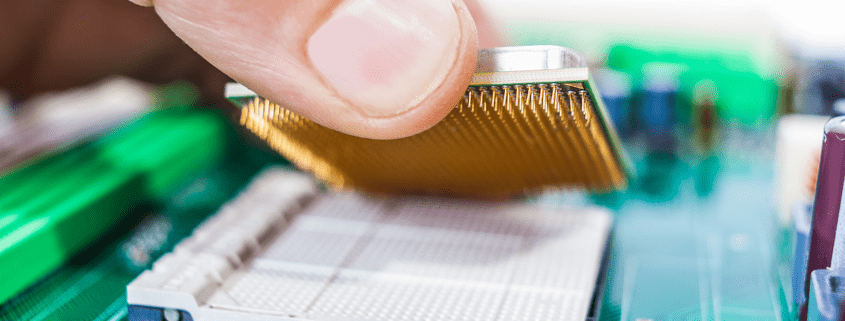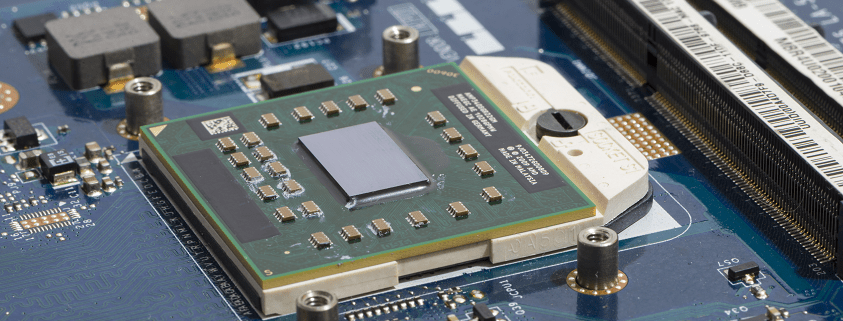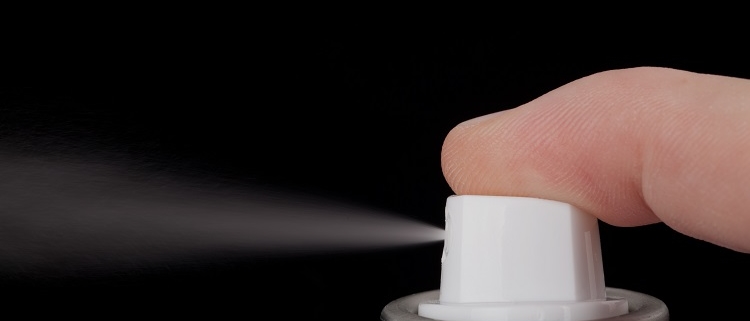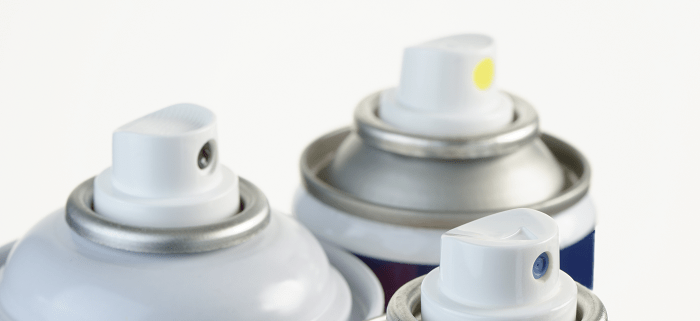Quick Dry Electronic Cleaner: Important Additional Specs
Quick dry electronic cleaner is used for cleaning sensitive electrical products, such as high-end stereos and speakers, industrial switchgear, and certain types of computers. It’s also the same cleaner you would use for electrical parts in industrial machinery and electrical hand tools.
The reason why is obvious: Because metal is a great conductor of electricity — and because many metallic alloys readily oxidize after exposure to liquids — liquid cleaner for metal should ideally be used in the form of a quick dry electronic cleaner that evaporates in seconds.
However, fast dry time may not be the only specification you need in an electronic cleaner. Below are three additional specs for quick dry electronic cleaner that could prove just as essential to your cleaning operations in terms of efficacy and safety.
- Cleaner Leaves No Residue
With their complex geometries, the guts of electronic equipment can require a lengthy, detailed cleaning process. Consequently, you want the cleanliness to last as long as possible. If you use a cleaner that leaves a residue, you’ll clean the equipment more frequently than you would otherwise.
In most cases, the residue doesn’t protect against the accumulation of dirt and grime. Conversely, it expedites the formulation of dirt and grime. It’s the same principal behind washing kitchen counters with dish soap; if you don’t wash away the soap residue, the counters get dirtier faster, you wash them more frequently, and the vicious cycle continues.
- Cleaner Contains a Dielectric
A dielectric is a substance that impedes transmission of electrical current. When an electrical cleaner contains a dielectric, it can diversify cleaning operations. For example, depending on the dielectric strength of a solution, you may be able to safely use it on energized equipment, ranging from small apparatuses, to common appliances, to large engines.
If you plan to use an electronic cleaner on energized equipment, using one that has no flashpoint is also a good safety measure. It prevents unexpected fires in electronics from igniting the cleaner and making a bad situation much worse.
- Cleaner Available in Aerosol
Using a aerosol electronic cleaner is helpful for cleaning electronic apparatuses that have complex geometries, such as electrical contact panels and switchgear boards. High-grade aerosol delivers a fine mist that disperses evenly across surfaces, penetrating crevices and other hard to reach places. The diffuse consistency of aerosol particles can make the cleaner evaporate more rapidly.
Need Quick Dry Electronic Cleaner?
If so, be sure to consider whether the cleaner should possess qualities in addition to an ultra fast evaporation rate. For many electronic cleaning applications, a cleaner that leaves no residue, has a dielectric formulation, and is available in aerosol are beneficial, as well. Cleaners with these traits can be found on the Electronics page of our website.
If you need assistance selecting the right eco friendly, quick dry electronic cleaner for your applications, call Ecolink today at (800) 563-1305, or send us an email through our contact form. We look forward to providing the best quick dry electronic cleaner for your operations!





